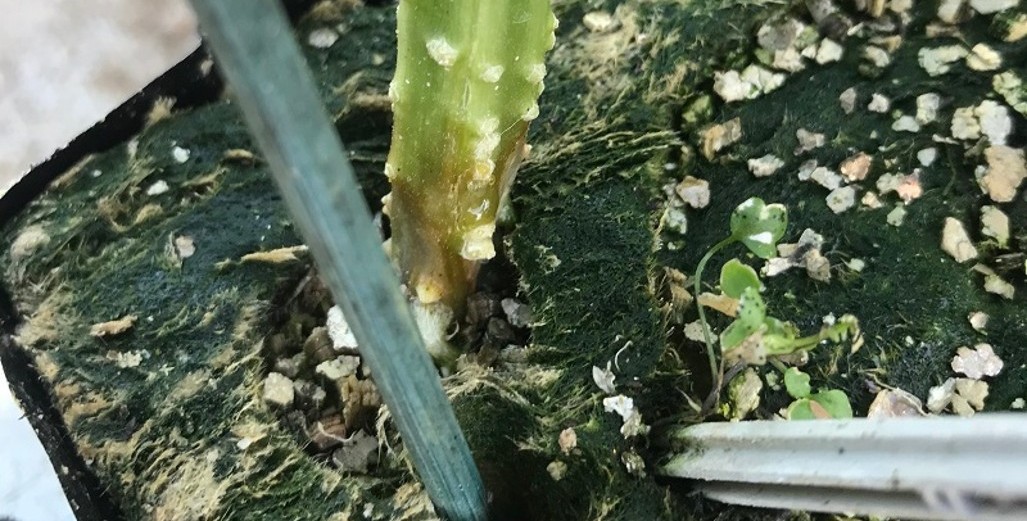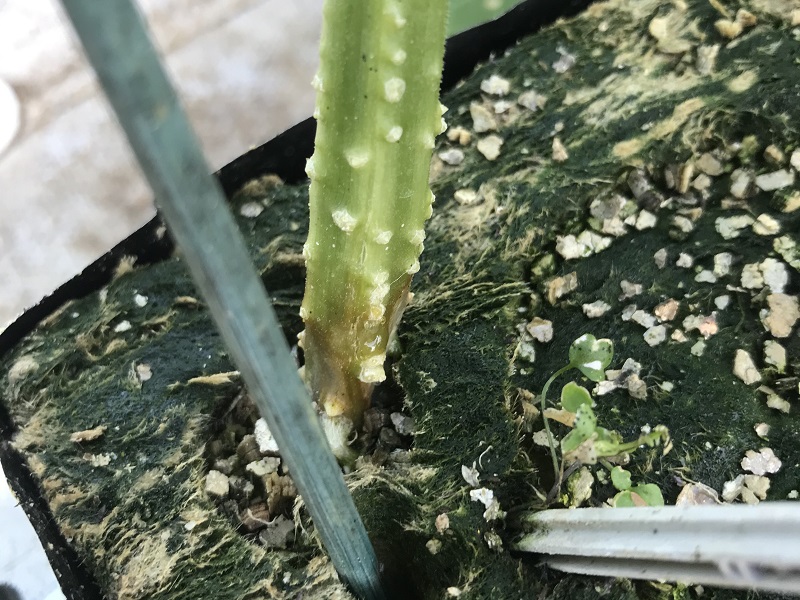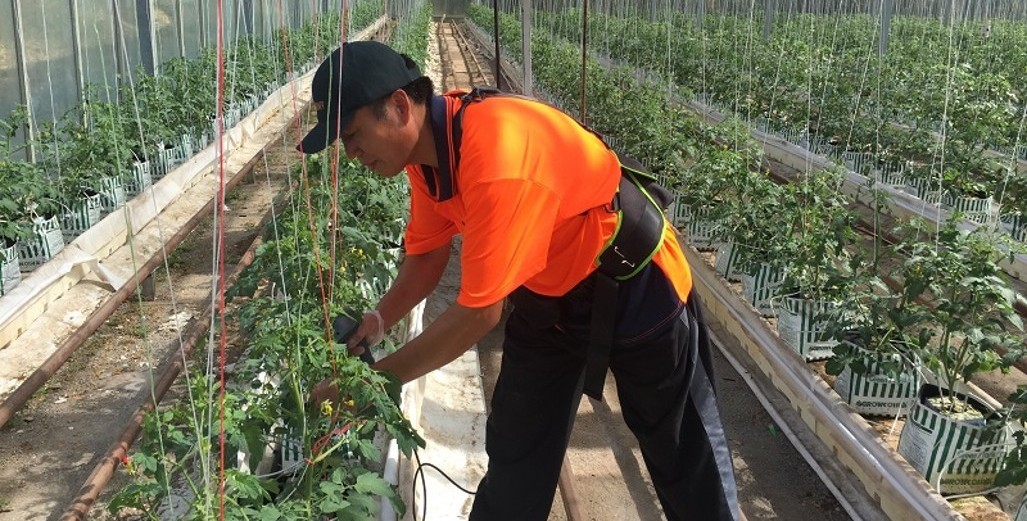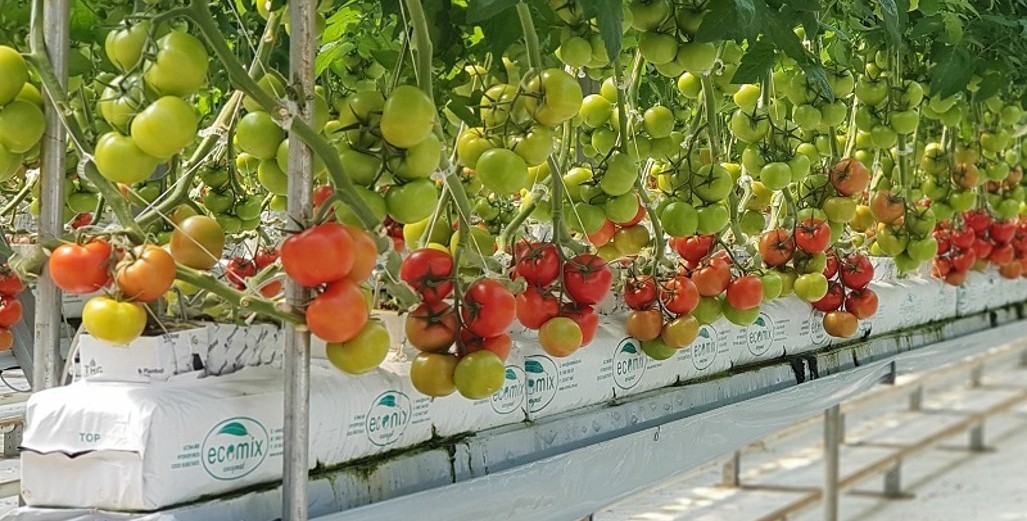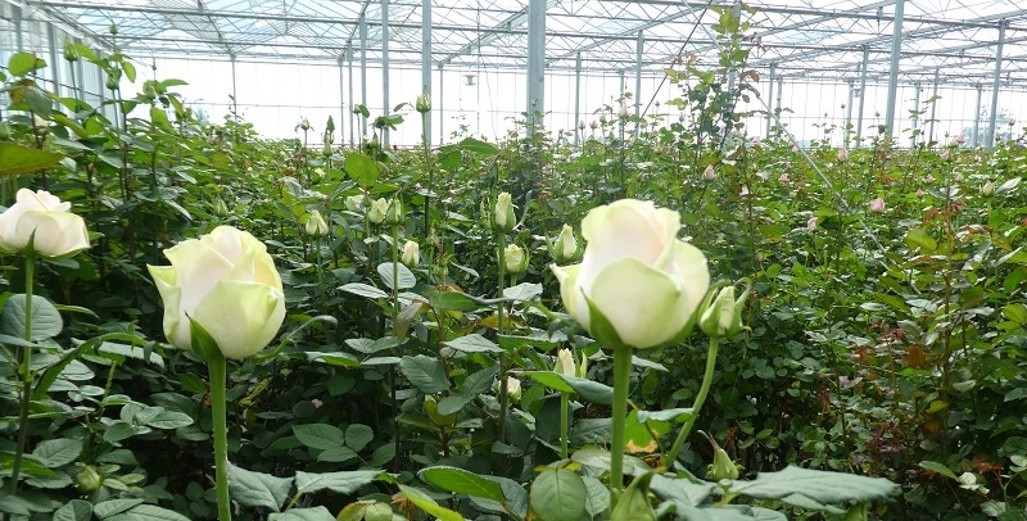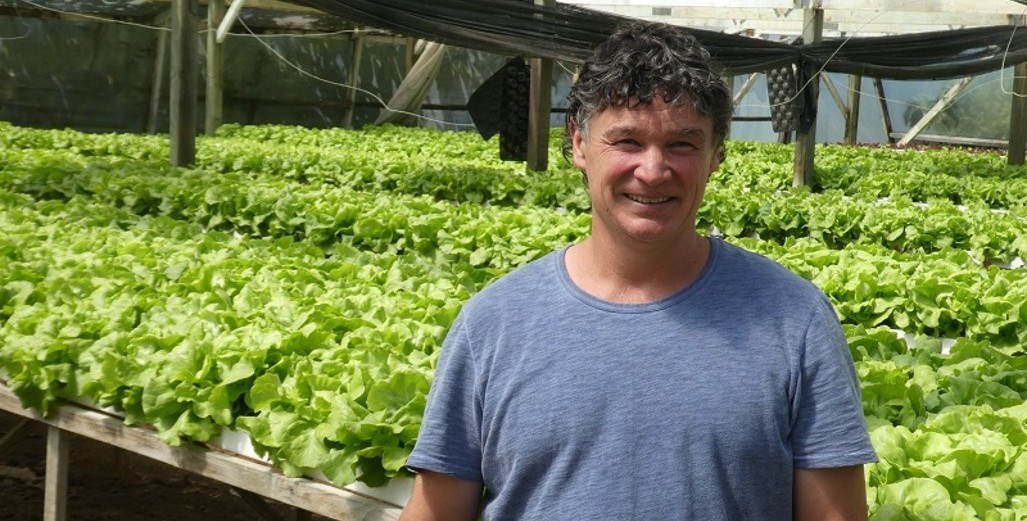Focus on Hygiene
Many growers have begun the New Year cleaning and preparing greenhouses for their summer plantings. Its hot work, the weather has been typically warm for this time of the year, so there is no respite. It is easy to take short cuts when you are hot but it is very important to make sure your clean-up has been thorough before new plants arrive. Total disinfection and total removal of plants from as far away from the greenhouse as possible is recommended. Disinfection of irrigation systems a must!
With another article in this Grower2Grower edition, discussing the possible incursion of ToBRFV, it is important you take the clean-up seriously. I remember possibly being over the top, in my approach to cleaning the greenhouse between crops, as it was drummed into me by other growers and advisors. In saying that I only ever had one suspected case of Bacterial Canker in almost 20 years of growing. Today it is still important but unless you take everything out of your greenhouse, and I mean everything, you will not 100% remove every bit of debris from your previous crop. For growers that have pipe rail heating systems, (which is the overwhelming majority) pipe stands are not always lifted between crops and they always have trapped debris underneath which is impossible to clean out 100%!
The best defence is making sure you remove as much of the previous crops debris as possible and complete disinfection and sterilisation with recommended products. Every grower seems to have a different regime. However, there is no fixed guideline that is collectively adhered to. Every grower will have different ideas and protocols in regards to pull outs, cleaning up and preparing for new crops. Being totally assured you have sterilised successfully or not is impossible to gauge at the time. You hope that by using best practice available you have killed every nasty that could cause issues on your new plants.
This week yet another cucumber grower commented how difficult issues with grey mould, and Pythium have become. It proves to me again the need for better hygiene protocols. Greenhouses are also becoming older, capital investments into our 15-25-year-old structures in the industry is moderate to poor and sometimes non-existent, this makes cleaning season on season difficult as there may be a few leaks appearing and disease may be carrying over and becoming an ongoing issue.
For tomato growers it is even more important than ever to tighten up on hygiene. It has been pointed out to me that if crops do become infected with the ToBRVH virus then they will either have to look for a new profession or a new crop to grow! If you start as clean as you can and stick to rigorous hygiene measures, you should have a much better chance of controlling high levels of infestation from fungal, bacterial and viral infection.
To discuss your hygiene protocols please use my independent advisory services to learn more.
Recently replanted – middle of January 2020.
I appreciate your comments. Please feel free to comment on the grower2grower Facebook page:
https://www.facebook.com/StefanGrower2grower/
Article Written and compiled by Stefan Vogrincic, Consultant, Grower2Grower
Article Edited by Marie Vogrincic, Editor, Grower2Grower







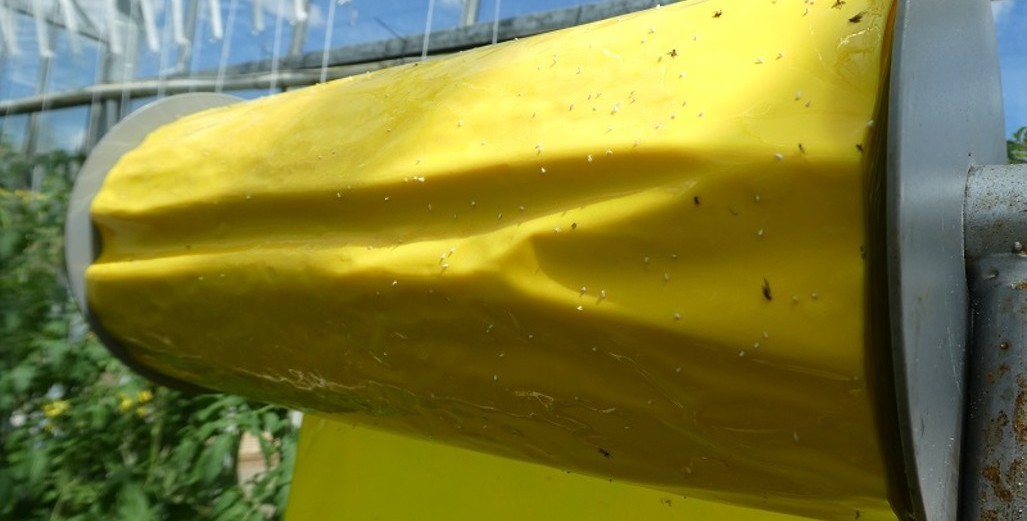
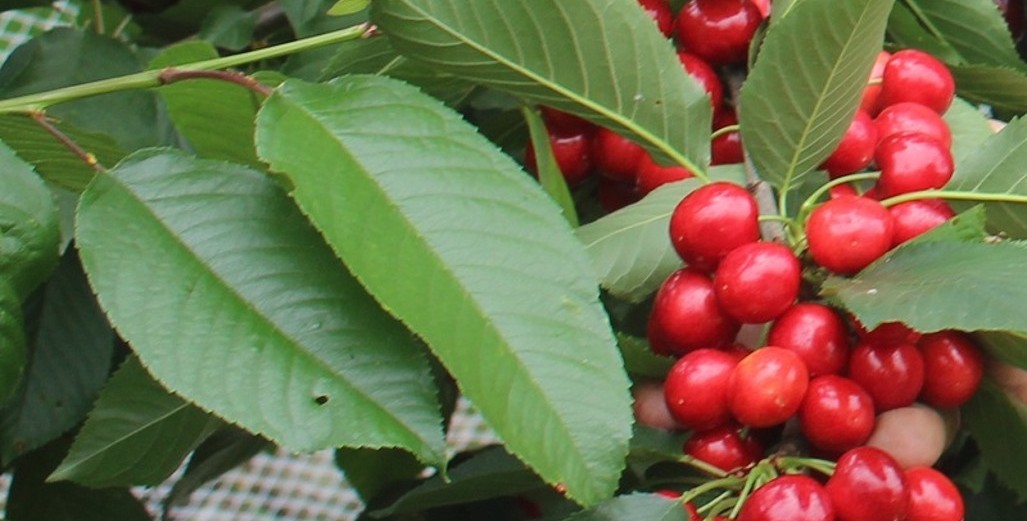




.jpg)
